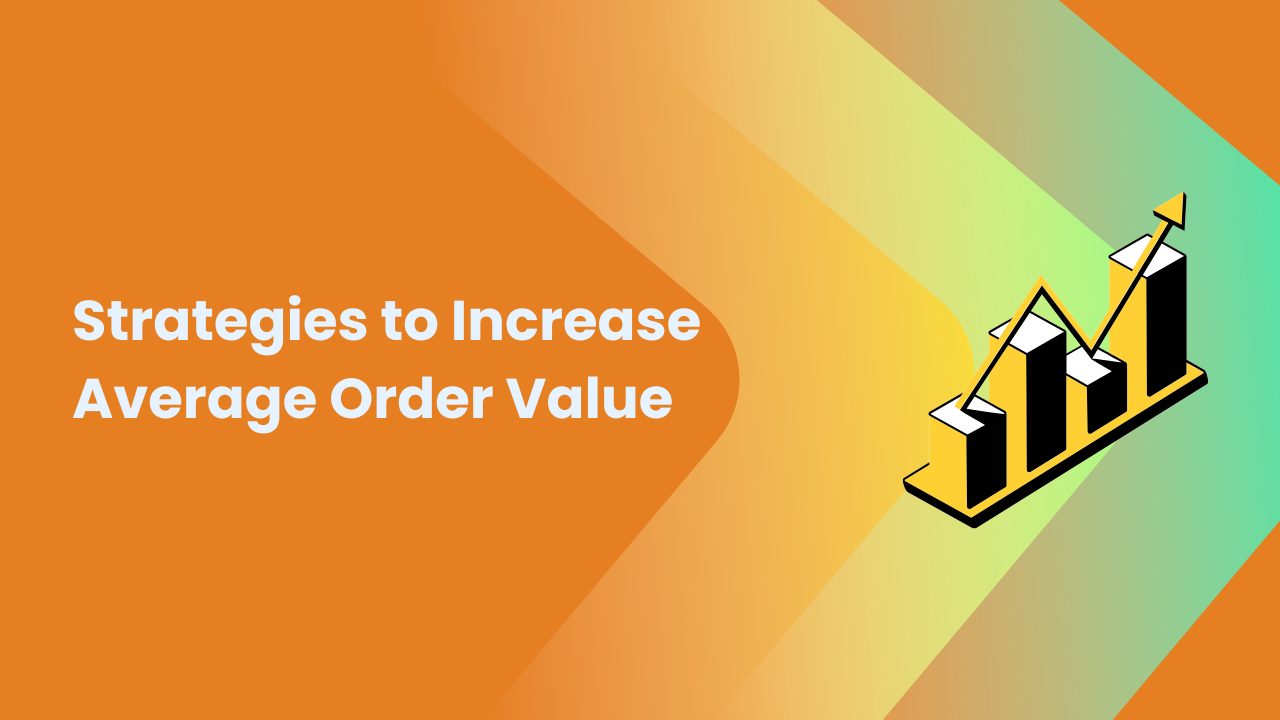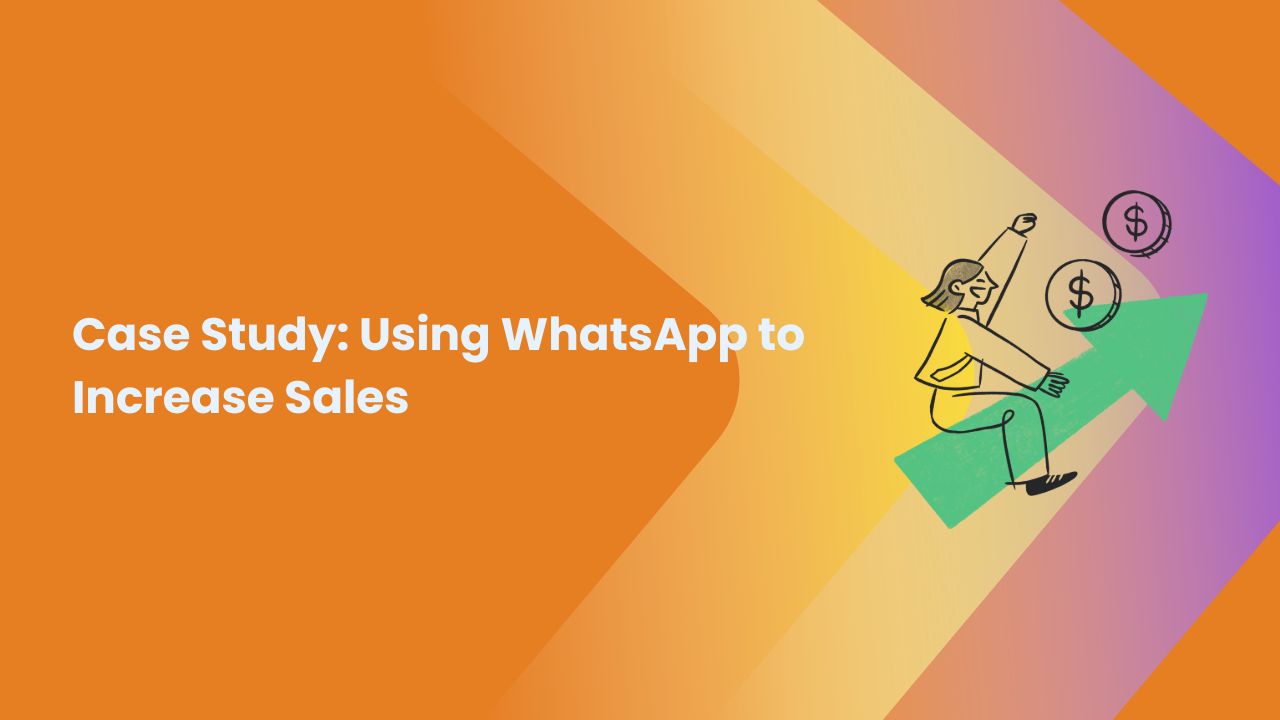Share this Article
The world of e-commerce in Nepal has evolved significantly over the last few years, fueled by a rapid increase in internet access and digital transactions. With more consumers turning to online platforms for shopping, businesses must understand the importance of tracking key performance indicators (KPIs) and other metrics to stay competitive. In a dynamic market like Nepal, tracking the right data is not just about observing trends—it’s about gaining insights that directly influence strategy, sales, and customer retention.
As Nepal’s e-commerce industry continues to mature, entrepreneurs need to track and analyze several crucial metrics to ensure their stores perform at their highest potential. Metrics like website traffic, conversion rate, and customer satisfaction play a pivotal role in achieving sustained growth. In this article, we will explore the most vital e-commerce metrics that every business should track to gain a competitive edge in Nepal's rapidly growing online marketplace.
1. Website Traffic: The First Step to Understanding Your Audience
Website traffic is one of the first metrics you should monitor when operating an e-commerce store. In simple terms, website traffic refers to the number of visitors who visit your website over a certain period. Tracking this metric helps businesses understand how well their online presence is performing and if their marketing strategies are effective.
For businesses in Nepal, where mobile internet usage is on the rise, website traffic can tell you a lot about customer behavior. If your traffic numbers are high, it suggests that people are finding your site—thanks to marketing, SEO efforts, or paid advertisements. However, traffic alone does not guarantee success. What matters most is what those visitors do when they land on your site.
- Why Should You Track Website Traffic?
- Measurement of marketing effectiveness: High traffic can be an indicator that your digital marketing strategies, including SEO optimization and social media outreach, are working.
- Content optimization: If certain product pages or blog content are attracting more visitors, it can guide your future content strategy.
- Identify traffic sources: Knowing whether your visitors are coming from paid ads, search engines, social media, or direct links helps you optimize your marketing campaigns.
- Measurement of marketing effectiveness: High traffic can be an indicator that your digital marketing strategies, including SEO optimization and social media outreach, are working.
By understanding traffic trends, you can adjust your efforts accordingly, focusing on the channels that generate the most visitors and refining those that underperform.
2. Conversion Rate: Turning Visitors into Customers
While website traffic is a good start, the next step is converting those visitors into customers. This is where conversion rate comes into play. Conversion rate is the percentage of visitors who take the desired action, whether it’s completing a purchase, signing up for a newsletter, or downloading a free resource.
For online stores in Nepal, where digital shopping is still a developing habit for many, improving your conversion rate is crucial for scaling your business. A website with high traffic but low conversion rates can indicate problems in areas such as user experience, trust, or product presentation.
- Why Track Conversion Rate?
- Customer journey optimization: By identifying where customers are dropping off in the purchasing process, you can improve the overall user experience and streamline the journey.
- Marketing campaign feedback: A sudden drop in conversion rates after launching a marketing campaign could mean your messaging or targeting needs adjustment.
- Resource allocation: If your conversion rates are low despite good traffic, you may need to invest in website optimization or more engaging content.
- Customer journey optimization: By identifying where customers are dropping off in the purchasing process, you can improve the overall user experience and streamline the journey.
Improving your conversion rate doesn’t always require more visitors; often, it’s about fine-tuning the elements of your website, such as the checkout process, product pages, and mobile compatibility.
3. Average Order Value (AOV): Increasing the Value of Each Transaction
Average Order Value (AOV) refers to the average amount spent by customers each time they make a purchase on your site. AOV is a critical metric to track because it can help you understand how much revenue you generate per transaction. By increasing AOV, you can boost revenue without having to acquire new customers, making it a valuable leverage point for businesses in Nepal.
For many e-commerce stores in Nepal, a high AOV is a sign that your customers are purchasing multiple items, which often reflects successful upselling, cross-selling, or bundling strategies. If AOV is low, businesses can experiment with promotions like discounts on bulk purchases, free shipping thresholds, or offering related product suggestions.
- Why Track AOV?
- Revenue growth: A higher AOV means more revenue without having to increase your customer base significantly.
- Customer purchasing behavior: A low AOV may suggest that your pricing model needs reevaluation or that your customers are making smaller, less frequent purchases.
- Opportunity for upselling: If customers are purchasing one item per transaction, offering relevant recommendations can encourage them to add more to their cart.
- Revenue growth: A higher AOV means more revenue without having to increase your customer base significantly.
Businesses can boost their AOV by implementing strategies like bundling products together or offering discounts for larger purchases. In Nepal, where value for money is crucial, offering these promotions might resonate well with consumers.
4. Customer Acquisition Cost (CAC): Understanding Your Marketing Efficiency
Customer Acquisition Cost (CAC) is the cost associated with acquiring a new customer. This metric includes everything from advertising costs to sales team salaries, and it can vary depending on the marketing channels you use. In Nepal, where digital advertising costs are rising, tracking CAC is essential for ensuring that your marketing dollars are being spent effectively.
A low CAC relative to your customer lifetime value (CLV) indicates that your business is acquiring customers at a sustainable cost. If your CAC is high, it could mean that your marketing efforts are inefficient or that your products and services are not resonating with your target audience.
- Why Track CAC?
- Profitability: A high CAC relative to revenue can indicate that your business model is not yet profitable.
- Budget allocation: Understanding CAC helps you optimize your marketing budget by focusing on the most cost-effective channels.
- Marketing strategy effectiveness: Tracking CAC provides insight into whether your campaigns are attracting the right customers at the right price.
- Profitability: A high CAC relative to revenue can indicate that your business model is not yet profitable.
To reduce CAC, businesses in Nepal can focus on optimizing digital marketing campaigns, leveraging organic social media traffic, and using referral programs to incentivize existing customers to bring in new ones.
5. Customer Lifetime Value (CLV): The Long-Term Value of Your Customers
Customer Lifetime Value (CLV) is an essential metric that calculates the total revenue a customer is expected to generate for your business throughout their relationship with you. CLV is vital for determining how much you can afford to spend on acquiring customers and how much your business can expect to earn from each customer over time.
In Nepal, where customer retention is key to long-term success, businesses must focus on increasing CLV by encouraging repeat purchases and building strong customer relationships.
- Why Track CLV?
- Sustainable growth: A high CLV suggests that your business is not only attracting customers but also retaining them for the long term.
- Marketing budget planning: Knowing CLV helps determine how much you can invest in acquiring new customers while maintaining profitability.
- Customer loyalty: A higher CLV indicates that customers are finding value in your offerings and returning to make more purchases.
- Sustainable growth: A high CLV suggests that your business is not only attracting customers but also retaining them for the long term.
Increasing CLV involves strategies such as offering personalized product recommendations, loyalty programs, and exceptional customer service, all of which foster repeat business. In Nepal, where loyalty is highly valued, offering incentives for repeat purchases can go a long way.
6. Cart Abandonment Rate: Tackling Abandoned Carts
Cart abandonment is a common issue in e-commerce, where potential customers add items to their shopping carts but leave before completing the transaction. In Nepal, where many shoppers may be hesitant to purchase online due to concerns over product quality or delivery, cart abandonment is a frequent challenge.
- Why Track Cart Abandonment Rate?
- Sales opportunities: A high abandonment rate shows that you are losing customers at a crucial point in the buying process. Understanding why customers abandon their carts allows you to fix the issues.
- Customer trust: High abandonment could signal a lack of trust in the website or checkout process, which could be due to a lack of secure payment options or complicated return policies.
- Sales opportunities: A high abandonment rate shows that you are losing customers at a crucial point in the buying process. Understanding why customers abandon their carts allows you to fix the issues.
Businesses can reduce cart abandonment by offering incentives such as free shipping, simplifying the checkout process, or sending follow-up emails or SMS reminders to customers who abandon their carts.
7. Customer Satisfaction (CSAT): Measuring Customer Happiness
Customer satisfaction is an essential indicator of how well your business is meeting the needs and expectations of its target audience. Measuring customer satisfaction through surveys and feedback helps businesses understand their strengths and weaknesses. In Nepal, where customer trust and word-of-mouth recommendations are crucial, consistently delivering a high level of satisfaction can lead to more loyal customers and greater brand credibility.
- Why Track CSAT?
- Customer loyalty: A satisfied customer is more likely to return and recommend your store to others.
- Feedback for improvement: Low satisfaction scores provide valuable insights into areas where your business can improve, from product quality to website usability.
- Customer loyalty: A satisfied customer is more likely to return and recommend your store to others.
By continuously collecting feedback and improving your offerings, you can build a loyal customer base that drives long-term growth.
8. Refund Rate: Minimizing Returns
Refunds are an unfortunate but inevitable part of the e-commerce experience. However, excessive refunds can harm your profitability. A high refund rate is a sign that customers are dissatisfied with their purchases, which could be due to product quality issues or misalignment between customer expectations and the actual product.
- Why Track Refund Rate?
- Profit margins: A high refund rate reduces profit margins, and tracking this metric helps you identify and address the root causes.
- Customer retention: Frequent refunds can damage your brand’s reputation, leading to reduced customer trust and loyalty.
- Profit margins: A high refund rate reduces profit margins, and tracking this metric helps you identify and address the root causes.
To reduce refund rates, businesses can ensure accurate product descriptions, provide detailed sizing charts, and enhance customer support to resolve any issues before a refund is necessary.
Conclusion: Maximizing Success with Key E-commerce Metrics
In Nepal’s growing e-commerce landscape, tracking and analyzing key metrics is more than just a way to measure performance—it’s a way to understand your customers, improve your store’s efficiency, and optimize your revenue streams. Metrics like website traffic, conversion rates, AOV, CAC, and CLV offer critical insights into the health of your online business. By regularly monitoring these metrics and adjusting your strategies, you can stay competitive, provide exceptional customer experiences, and achieve sustainable growth in Nepal's digital marketplace.
Categories:
Marketing & Growth
Tags:
NepalEcommerceMetrics







